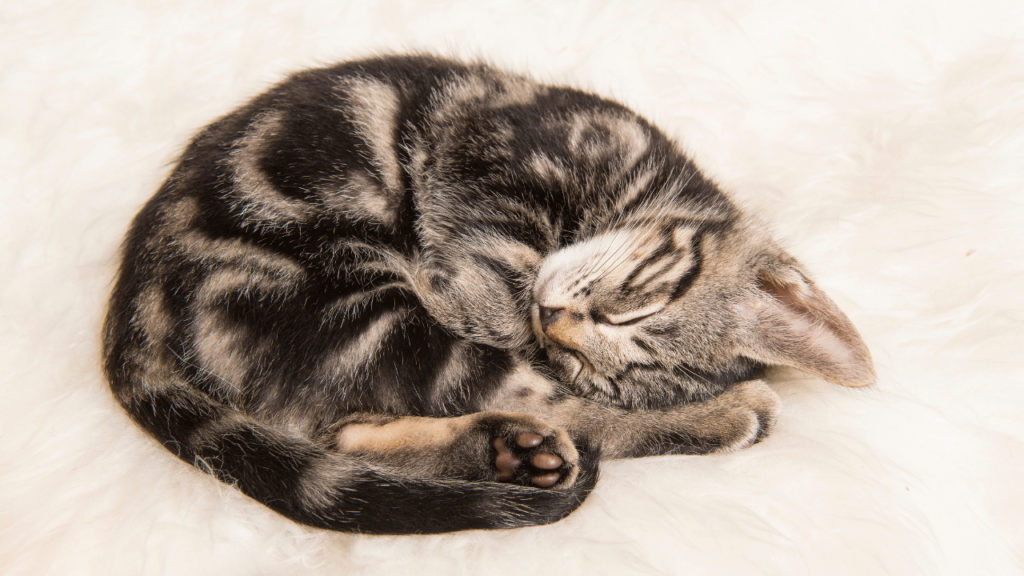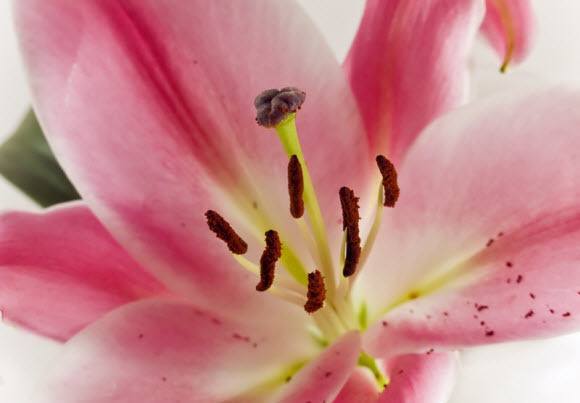Curious by nature, cats get into trouble quite easily. Their daily activities involve exploring their surroundings.
They will roam around your entire property to uncover what lies in every corner.
If you have a garden full of lilies or a bouquet of the same on your kitchen counter, best believe your kitty will sample those as well.
As a loving owner of a cat, you already know that certain plants are poisonous to felines.
The FDA and Pest Poison Helpline have a long list of safe and unsafe plants around cats.
Lilies just so happen to be among the most dangerous. While they look and smell amazing, they can pose a threat to your pet.
In this guide, we will tell you how much of the lily pollen is toxic to your kitty.
The Danger with Lily Pollen
Lilies are some of the most popular flowers in the world. Their gigantic six-petaled blooms make them incredibly beautiful.
Whether they are placed in a vase, botanic garden, or the front yard, lilies can transform your space greatly.
The lily family of flowers is vast—about 1-00 species of ‘true lilies”. The blooms come in every rainbow color making them even more versatile.
When it comes to toxicity to cats, the entire lily plant is sadly dangerous for any cat. This is according to the Pet Poison Helpline.
If your cat licks the lily stem, flowers, leaves, or pollen, he will suffer kidney failure within three days and ultimately die if no medical help is accorded to him.
If the lilies are placed in a vase with water, your cat should stay away from the water as well. This applies to true lilies and the daylily families of flowers.
The actual toxin that affects cats in the plant is yet to be identified but it is soluble in water.
How Much Lily Pollen Is Dangerous To Cats?

Certain plants are only toxic to cats in copious amounts. Well, the lily is the exact opposite.
As few as 1-2 leaves or a couple of pollen grains can cause a kitty to exhibit extreme poisoning symptoms.
According to Meanie McLean, a vegetarian at the Food and Drug Administration, the cat can get kidney failure after licking a few pollen grains off his fur.
First, the kitty will vomit but this will gradually reduce over the next 2-4 hours.
However, over the next 12-24 hours, the kitty will urinate frequently.
When kidney failure kicks in, he will stop producing urine altogether because the said organs will be impaired.
If the cat receives no treatment, he will pass away within 4-7 days of ingesting the lily pollen.
Pet Poison Helpline also claims that 1-2 leaves or pollen grains can kill your cat. Minimal ingestions can trigger acute failure in his system.
The poisoning symptoms occur within 6-12 hours of exposure to lily pollen. Kidney failure or renal tubular necrosis often happens 24-72 hours after ingestion.
From the two organizations above, it is clear that lily pollen – in small amounts is highly dangerous to cats.
Ingestion of a couple of pollen grains from the kitty’s fur can cause problems. This just means that the plant should not be kept anywhere near a house with cats. It takes very small dosages to cause acute kidney failure.
Thankfully, the condition can be managed with medical help. However, you may not know that your cat has just ingested or licked a part of the lily.
The symptoms are all over the place. One time, the cat will vomit only for it to go down. When you think your pet is fine, poisoning will kick in and trigger the kidneys to fail.
To be safe, just keep the plant away from home. If your cat frequents the outdoors, you might want to monitor him closely.
If his paths have some lilies, discourage him from going in that direction.
What to Look Out For

Even with the tightest measures, your cat can still come across lily pollen and ingest it.
Perhaps he made his way to your neighbor’s bedroom with a lily-containing vase or came in contact with it during his many escapades.
In this case, you need to keep an eye on the behavior of the kitty. If he shows any symptoms of poisoning, rush him to the vet. He may not have very long before the poisoning becomes fatal.
Some of the lily poisoning symptoms to keep in mind include the following:
- Early Signs: These happen within 6-12 hours of ingestion and include vomiting, lethargy, lack of appetite, and dehydration.
- Late Signs: If the cat goes untreated, acute kidney failure will develop. Signs include frequent urination, lack of urination, excessive or lack of thirst, pancreatic inflammation, disorientation, seizures, tremors, and walking drunk.
As soon as you notice your cat vomiting unusually, contact your vet. The lily poison doesn’t necessarily have an antidote but the vet will decontaminate the cat.
This means removal or reduction of the poison through induced vomiting or administering of activated charcoal to bind the charcoal in the cat’s tummy.
Things like IV fluids, kidney monitoring, and supportive care may also be necessary for the survival and wellbeing of the kitty.
Parting Thoughts
Cats and lilies don’t do very well together. The entire plant is toxic to felines.
The worst part is that minimal ingestion is enough to cause fatal damage to the pet. A couple of pollen grains can take the cat down.
Keep him safe by keeping lilies out of your home and watching his movements at all times.
Related Post: Are Oriental Lilies Poisonous To Cats?

Hi! I am Eleanor Price. I started this website after my cat, Louie, almost died from a case of botulism (a type of food poisoning often caused by bacteria that grow on food items). Turned out that my cat’s diet was the problem. I have made it my duty to provide the best information and recommendations about everything cat lovers need to know about their felines’ health and wellbeing. My goal is to find the most informative content on anything feline-related and share it with fellow hardworking kitty lovers.

